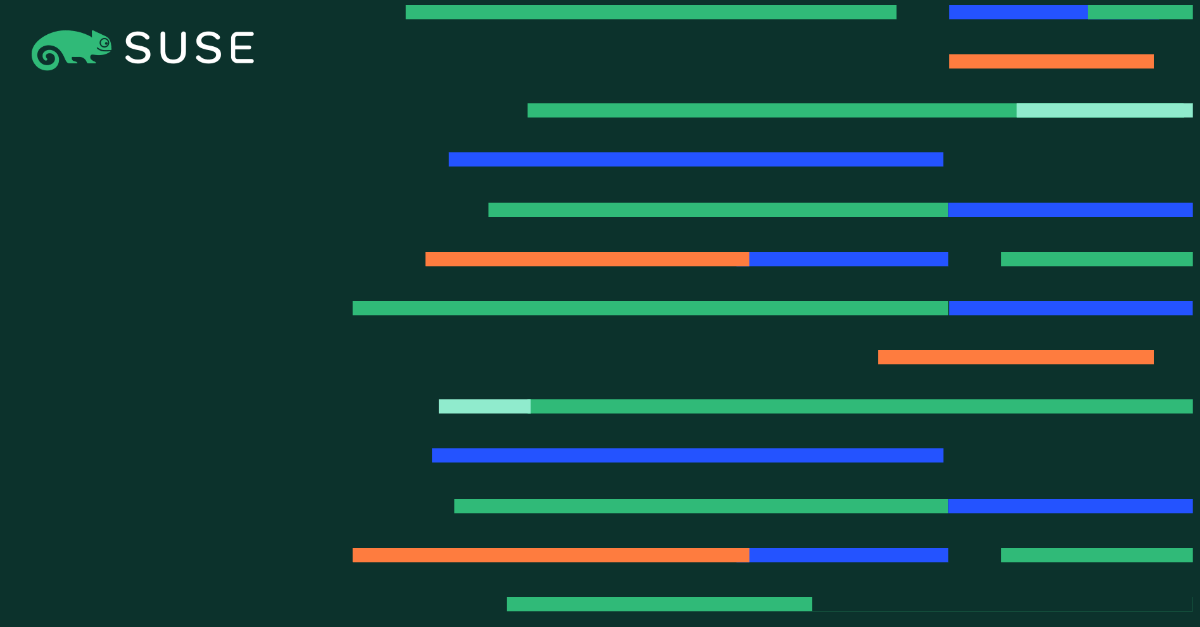Why Polish LOT Airlines Chose SUSE To Bolster Its Linux Infrastructure
If you run a dynamic, growing business, then you need an IT backbone to match: infrastructure that’s scalable, flexible, reliable, and backed by top-notch support when you need it.
That was precisely the scenario LOT Polish Airlines recently found itself navigating. Poland’s flag carrier airline – which is one of the oldest in the world – flies to 90 different destinations worldwide and is the only carrier in its region that flies direct to major cities such as New York, Los Angeles, Beijing, and Tokyo.
LOT continues to grow at a rapid pace, with total passengers increasing from 5 million to 7 million in the span of a year, with the airline targeting 9 million passengers annually as its next milestone.
Its existing infrastructure was growing at about 30% annually to keep up, but its budget and operational complexity were increasing as well – an unsustainable path en route to the airline’s ambitious business goals.
Add to that the reality that airlines are inherently dynamic and complex businesses, and the importance of rock-solid IT infrastructure becomes crystal clear: It underpins safety, schedules, and customer satisfaction – not to mention the company’s bottom-line economics, which is notoriously competitive in the industry.
Indeed, LOT relies on Linux for virtually all of its critical systems, from scheduling to ticketing to route planning to budgeting and more. As LOT continued to grow, it became concerned about its software licensing costs and operational overhead, according to Marek Truszkowski, IT systems administrator at LOT.
“Our support costs for Red Hat Enterprise Linux (RHEL) were rising rapidly, and the model was complex and inflexible,” Truszkowski says. “We also had concerns about the quality of vendor support available in Poland.”
Moreover, LOT’s environment included RHEL 7 and the CentOS distribution, which reached its end-of-life on June 30, 2024, meaning the end of bug fixes, security patches, and support unless you pony up for costly extended support from the original vendor.
Charting a new route to growth, flexibility and cost efficiency
LOT’s next destination was clear: The airline sought out a new IT platform that could ensure the flexibility and scalability it needed to drive the next phases of its growth while reducing its total cost of ownership (TCO) in the process.
Working with its IT partner SoftGen, LOT identified SUSE as its provider of choice, drawn by SUSE’s lower subscription fees and zero restrictions on the number of virtual instances it could run. SUSE multi-Linux support also offered comprehensive support for LOT’s existing Red Hat Enterprise Linux and CentOS instances (including those affected by the CentOS EOL) at a lower fee than Red Hat itself was offering.
Here’s a breakdown of how LOT transformed its IT infrastructure and management with SUSE’s flexible, scalable solutions and support:
- SUSE Liberty Linux: LOT cut its support subscription costs by 50% with its initial move from Red Hat Enterprise Support to SUSE multi-Linux support with Liberty Linux, which offers a “zero migration” approach to CentOS EOL transitions while offering robust security, maintenance and support beyond its original lifecycle.
“The SUSE pricing model is straightforward and clear, and we can run an unlimited number of virtual machines, so our costs will no longer increase in direct proportion to our growth,” Truszkowski says.
Because SUSE fully supports a wide range of Linux distributions – not just its own – LOT was also able to continue running the existing key aviation applications that were only supported on RHEL without any change. Moreover, LOT has added confidence in its most critical systems thanks to Polish-speaking L1 and L2 support from SUSE.
- SUSE Linux Enterprise Server (SLES): LOT also worked with SoftGen to move most of its other systems to run on SLES, including its SAP ERP application and several critical databases, including PostgreSQL, Oracle, MongoDB and MySQL. LOT added the SUSE Linux Enterprise High Availability Extension to cluster critical instances of PostgreSQL. Truszkowski credits SoftGen for a smooth transition and noted that the minor migration issues that did occur were rapidly resolved by SUSE support.
- SUSE multi-Linux management solution: Finally, Truszkowski and the team realized they needed a better way to manage everything on Day 2 and beyond. LOT already operates two data centers and a mix of 500 physical and virtual servers. As the company continues to grow – and it continues to scale up its VMs, given that there’s no limit to virtual instances with SUSE – it had to take steps to keep IT operations workload manageable. It selected SUSE Manager, the SUSE multi-Linux management tool, to do so, in large part because the platform can handle both SUSE Linux and Red Hat Linux distros.
Deploying SUSE Manager took just two weeks, Truszkowski says, and is already reducing the amount of work required for patching and reporting.
The bottom line
LOT Polish Airlines IT journey is already delivering unmistakeable results:
- Reduced support subscription costs by 50%.
- Estimated 30% reduction in total cost of ownership for Linux.
- Decreased time and effort are required for patching, upgrades and reporting.
And that’s just the beginning: As LOT Polish Airlines’ growth plans take off, it expects to reap continued advantages from its more flexible, scalable and reliable IT infrastructure.
(Visited 1 times, 1 visits today)
